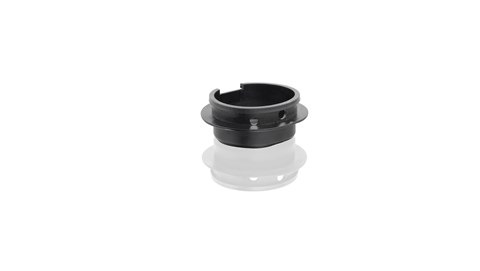► Printing both steel or plastic
► Used for some 959 parts
► 28 parts could be printed in the future
Classic cars have always been called a labour of love, and that’s partly because of how problematic they are when things go wrong. It’s bad enough working out what’s wrong with a vintage car, but that’s only half the battle.
Actually getting and replacing the offending part can represent another, even costlier hurdle. However, Porsche is now using cutting-edge technology to make life easier for owners of its classic cars.
Earlier this week, Porsche Classic – the vintage arm of the German brand – revealed it’s going to start 3D printing parts of classic cars, making some of the most scarce parts much easier to obtain.
The Porsche Classic range of replacement bits and pieces extends to over 52,000 items, and while the most common ones are made in larger batches, the ones in less demand are even harder to find. For example, the Porsche 959’s clutch release lever requires a good deal of manufacturing, and since only 292 959s were ever made, Porsche doesn’t exactly have them piled on the shelves.
Instead, Porsche has begun to 3D print parts one a smaller, one-off basis. Porsche calls the process ‘selective laser melting’ but it basically involved using a laser to create one layer at a time. The process can be used for both steel or metal, depending on the part.
As expected, the process is slow, expensive and not suitable for mass production – but it’s still dramatically cheaper than making a one-off in the normal way, and it’s much easier to get a hold of, too.
Porsche Classic, is only manufacturing a total of eight pieces in this way right now, but in the next few months it’s expected to include another 28 parts in the program.
The future of repairs
For the last few years, 3D printing has been held up as the next big thing in all manufacturing, but in reality, it really isn’t. It’s expensive and it’s slow, but it has some invaluable advantages over other types of manufacturer.
3D printing is used in motorsport to quickly make and test parts, and it’s also used in medical applications for fashioning complex shapes. In the same way, the strengths of 3D printing seem perfect for Porsche’s Classic division, and the tech will only get more popular in the classic car market.